WHAT ARE THE TOP TRENDS IN UI/UX IN 2023? READ ON TO FIND OUT!!
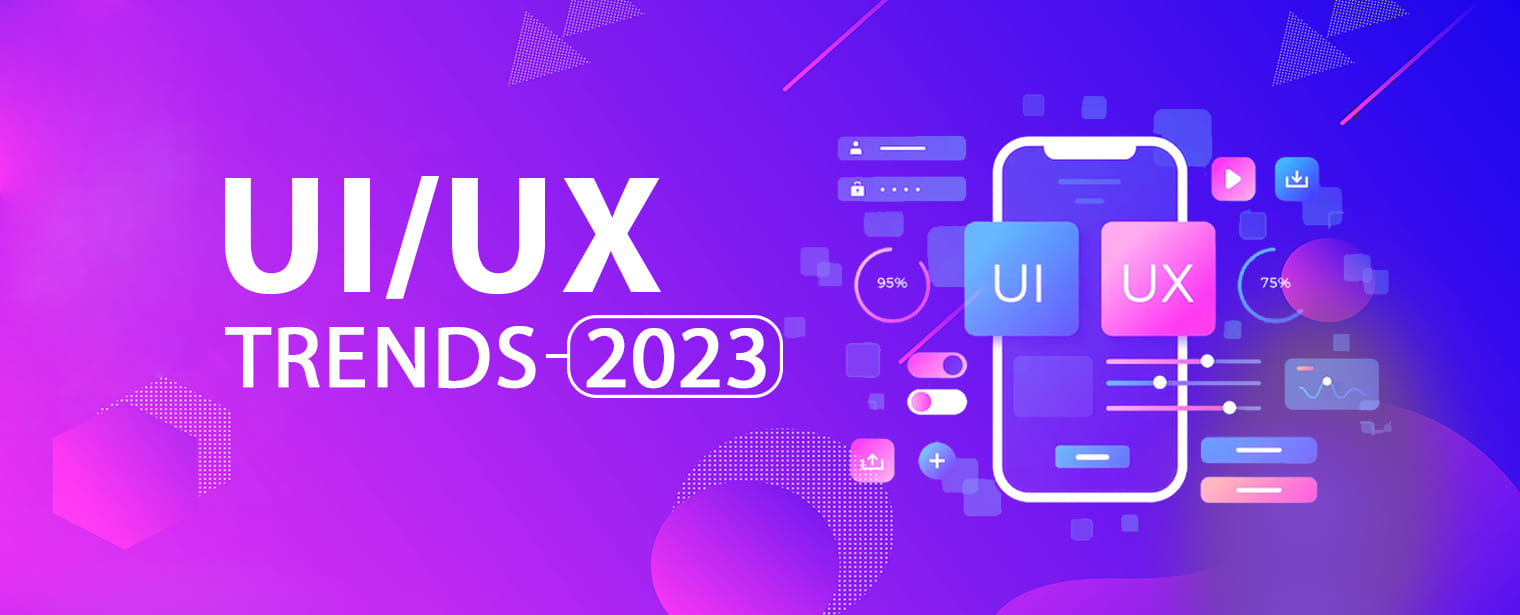
In the year 2023 we are going to meticulously examine the ongoing innovation in the field of UI and UX intended especially for the enhanced experience of the user. In this blog, we are going to look at some of the trends that we believe are going to endure and gather even more momentum as the year passes.
Top UI Trends In 2023
1. Dark Mode and Beyond
Dark mode has been a UI trend for a few years now, but it’s evolving in 2023, thanks especially to top UI/UX companies. This trend not only conserves battery life and reduces eye strain but also promotes a sleek and modern aesthetic. Many applications are now incorporating customizable dark mode settings that allow users to adjust the darkness level to their preference. This level of personalization not only enhances the user experience but also aligns with the broader trend of user-centric design.
Beyond dark mode, we’re also seeing the emergence of various themes, including color themes that adapt to the time of day or the user’s mood. This goes beyond the binary light and dark modes and offers users more ways to tailor the interface to their liking.
2. 3D and Augmented Reality (AR)
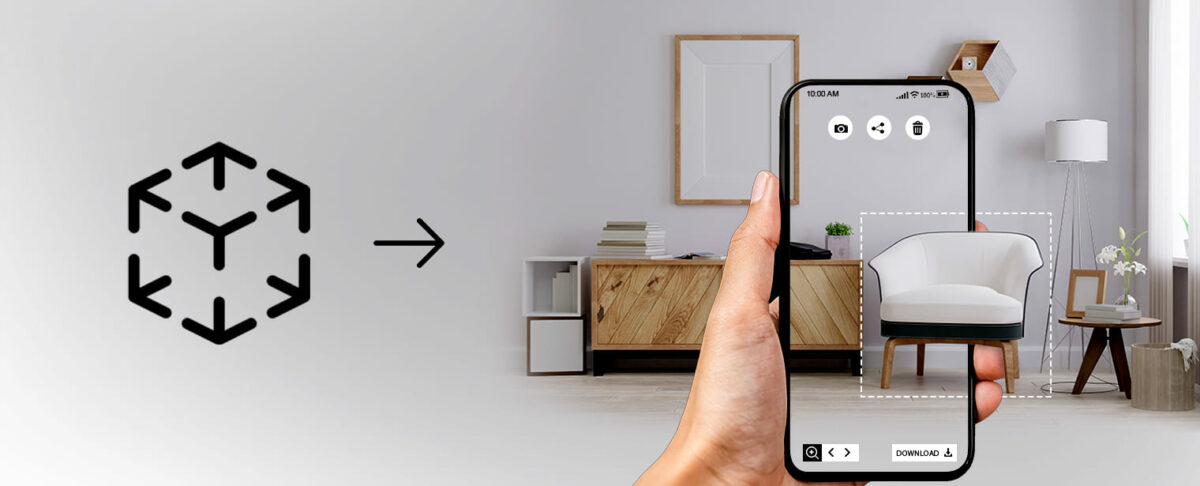
The integration of 3D elements and augmented reality (AR) in UI design is becoming increasingly common. With the rise of powerful graphics cards and AR-compatible devices, designers have more opportunities to create immersive and interactive user experiences.
In 2023, expect to see more AR elements in e-commerce, gaming, and even productivity apps. These elements provide an engaging and interactive interface that blurs the line between the physical and digital worlds. For example, furniture retailers are using AR to allow customers to visualize how a piece of furniture will look in their home before making a purchase. This trend is set to revolutionize the way users interact with digital content.
3. Microinteractions
Microinteractions are subtle animations or visual feedback that occurs when a user interacts with a UI element. These interactions may seem small, but they play a significant role in enhancing user experience and engagement. In 2023, we will see more emphasis on microinteractions, which will contribute to smoother and more intuitive user interfaces, especially due to the contributions of the best UI/UX companies in India.
For example, when a user hovers over a button, it may subtly change colour, providing visual feedback that the button is interactive. Similarly, microinteractions can be used to notify users when they successfully complete a task, such as sending a message or saving a file. These small animations and feedback mechanisms contribute to a more user-friendly and enjoyable interface.
4. Voice User Interfaces (VUI)
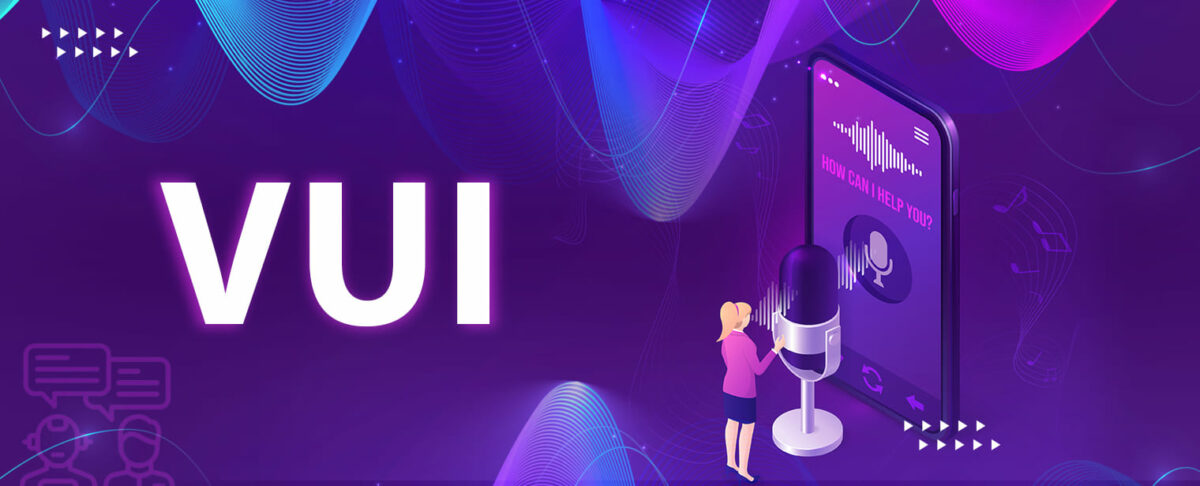
Voice user interfaces (VUIs) are making waves in 2023, thanks to the growing popularity of voice-controlled devices like smart speakers and voice assistants. UI designers are now focusing on creating interfaces that seamlessly integrate with voice commands, enabling users to navigate and interact with applications using their voice.
VUIs are not limited to smart speakers; they are increasingly being integrated into mobile apps, websites, and even automobiles. This trend offers a new level of accessibility, especially for users with mobility or visual impairments. Designers are tasked with ensuring that VUIs are intuitive, responsive, and capable of understanding natural language.
5. Sustainability and Eco-Friendly Design
With environmental concerns at the forefront of global conversations, UI designers are now incorporating sustainability and eco-friendly design principles into their work. In 2023, we’ll see a focus on reducing energy consumption, promoting paperless options, and creating designs that encourage eco-friendly behaviours.
One example of this trend is the use of “digital gardens,” where UI elements grow or change based on user interactions. These dynamic interfaces are designed to remind users of the natural world and encourage responsible digital behaviour.
6. Responsive and Adaptive Design
Responsive design has been a standard for a while, but in 2023, it’s evolving to become more adaptive. With a diverse range of devices, screen sizes, and resolutions, UI designers must ensure that their interfaces adapt seamlessly to various contexts. Adaptive design goes beyond mere resizing; it involves reordering content, altering navigation, and optimizing performance based on the user’s device and context.
This trend aims to deliver a consistent and tailored experience, whether the user is on a smartphone, tablet, desktop computer, or even a wearable device. Adaptive design ensures that the user interface remains effective and visually appealing across all platforms.
7. Data Privacy and Security
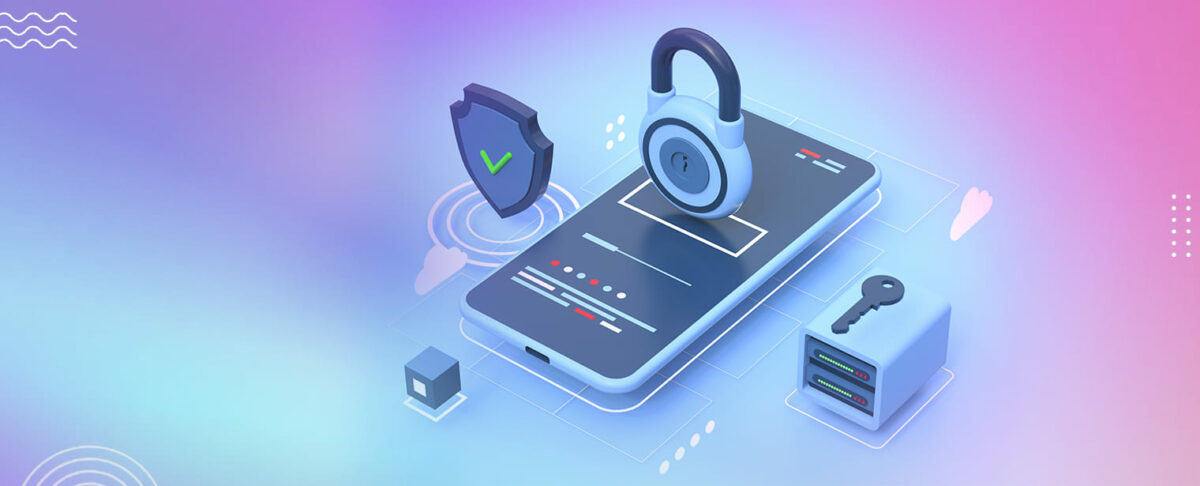
The growing awareness of data privacy issues has led to a significant shift in UI design. Users are becoming more cautious about sharing their personal information, and they expect transparent and secure interactions with digital services. UI designers are responding by making privacy settings and data security more prominent and user-friendly.
In 2023, we’ll see greater emphasis on user consent and control over data sharing. Interfaces will provide clear and easily understandable options for users to manage their privacy preferences. Additionally, designers will use visual cues and language that instill confidence in users regarding the security of their data.
8. Motion and Scrolling
Scrolling and motion design continue to play a vital role in UI trends. However, in 2023, designers are pushing the boundaries of motion by exploring novel ways to engage users. Micro-animations, parallax scrolling, and interactive transitions are being used to create captivating and memorable experiences.
Motion design is not just about aesthetics; it serves a functional purpose by guiding users, providing context, and making the user interface more engaging. However, it’s essential to balance motion with performance, ensuring that it doesn’t negatively impact loading times or usability.
9. Neuromorphic Design
Neuromorphic design takes inspiration from the human brain and aims to create interfaces that mimic natural interactions. This trend involves using organic shapes, biomimicry, and dynamic responses to user inputs. The goal is to make interfaces feel more intuitive and lifelike.
Neuromorphic design principles are being applied to user interfaces in various ways, such as button designs that react like physical buttons when pressed and interfaces that adapt to user behavior and preferences over time. This trend reflects a deep understanding of human psychology and behavior.
10. Minimalism with Personality
Minimalism is a timeless UI design principle, but in 2023, it’s evolving to incorporate more personality and brand identity. Clean, uncluttered interfaces are still in demand, but designers are finding creative ways to infuse character into their designs.
This trend includes the use of bold typography, expressive colour schemes, and unique illustrations. It’s about conveying the essence of a brand or application in a simple, memorable way. This approach resonates with users and helps establish a strong visual identity.
The UI design landscape in 2023 is dynamic and exciting, with a plethora of trends that promise to redefine the way we interact with digital interfaces. From dark mode customization to the integration of 3D and AR elements, UI designers are continually pushing the boundaries to enhance user experiences. The emphasis on sustainability, privacy, and adaptive design ensures that digital interfaces are not only aesthetically pleasing but also responsible and user-centric.
As technology continues to advance, UI designers must adapt to these trends to create interfaces that are not only functional but also engaging, accessible, and secure. Staying informed and embracing these trends will be crucial for any designer looking to shape the future of user interface design in 2023 and beyond.
The Top UX Design Trends in 2023
User experience (UX) design is a rapidly evolving field, influenced by changes in technology, user behaviours, and design philosophies, owing specially to the highest paying UX design companies in India. In 2023, we find ourselves amidst a digital landscape that is more dynamic and interconnected than ever before. UX designers must adapt to these changes to create exceptional user experiences. In this blog post, we’ll explore the top UX design trends in 2023, providing insights and examples to help you stay at the forefront of this ever-changing field.
1. Dark Mode as a Standard
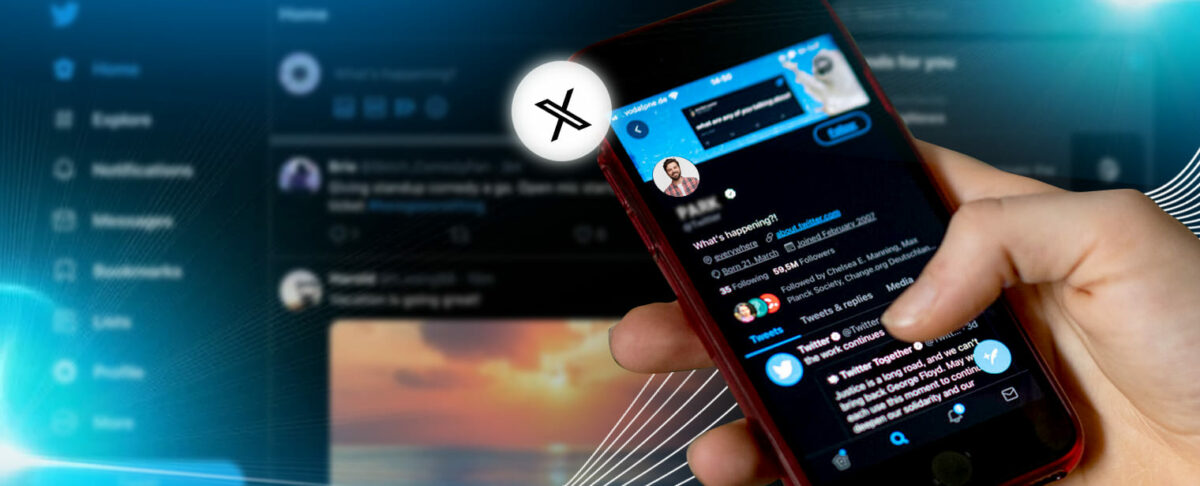
Dark mode has gained immense popularity in recent years due to its aesthetically pleasing and battery-saving attributes. In 2023, it’s no longer an option but a standard feature in many applications. UX designers must not only implement dark mode but also ensure a seamless transition between light and dark themes.
Example: Twitter’s dark mode not only reduces eye strain but also creates a visually appealing interface.
2. Voice User Interfaces (VUI)

As voice assistants like Siri, Alexa, and Google Assistant continue to become an integral part of our lives, VUI is no longer a novelty. UX designers need to focus on making VUIs more intuitive, responsive, and adaptable to various accents and languages. Integrating voice commands into apps and websites can enhance the user experience.
Example: The Starbucks mobile app allows customers to place orders using voice commands, making the ordering process more convenient.
3. Microinteractions for Feedback
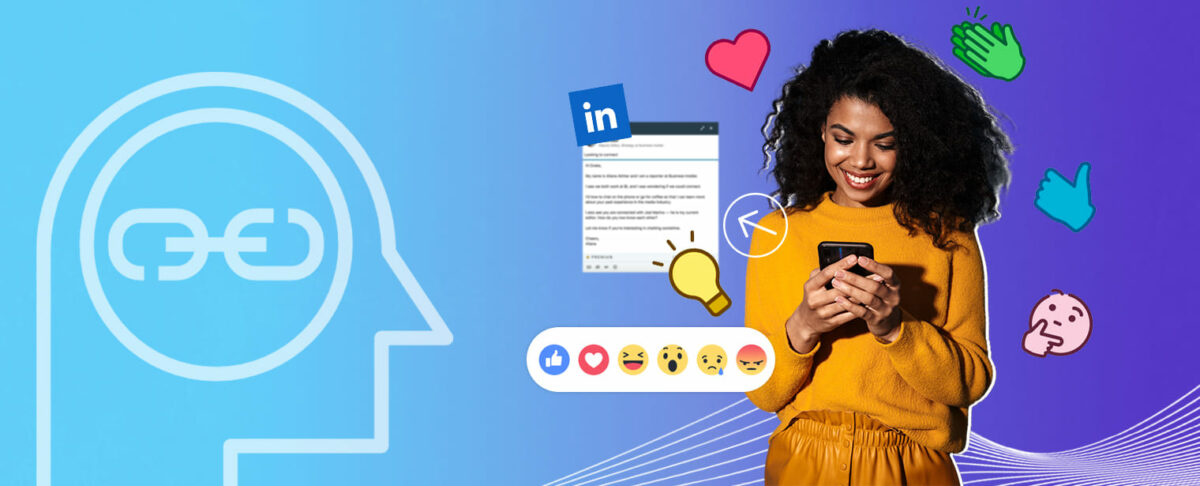
Microinteractions are subtle, often unnoticed animations or responses that provide users with feedback. In 2023, they’re evolving from delightful visual treats to essential elements in UX design. These tiny animations can guide users, communicate progress, and confirm actions, enhancing the overall user experience.
Example: LinkedIn uses microinteractions when users react to a post, providing real-time feedback to the user and creating a more engaging experience.
4. Augmented Reality (AR)
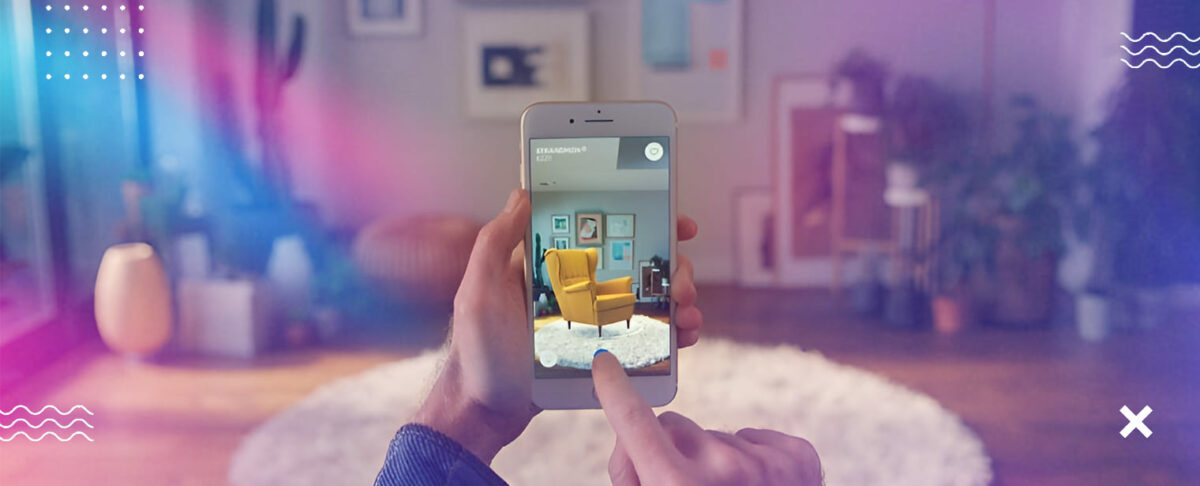
The adoption of AR and VR technologies is expanding rapidly. UX designers have to rethink user interfaces for these immersive environments, offering both functionality and user comfort. These technologies have applications in gaming, e-commerce, education, and more, making them a hotbed for innovation.
Example: IKEA’s AR app allows customers to visualize furniture in their own homes, helping them make better purchase decisions.
5. Biometric Authentication for Security and Convenience

Biometric authentication methods, such as facial recognition and fingerprint scanning, are increasingly being used to enhance security and convenience. UX designers are tasked with creating smooth, user-friendly authentication processes, ensuring users feel safe and comfortable while accessing their accounts.
Example: Apple’s Face ID is a prime example of biometric authentication done right, providing a seamless and secure login experience.
6. Emphasis on Accessibility
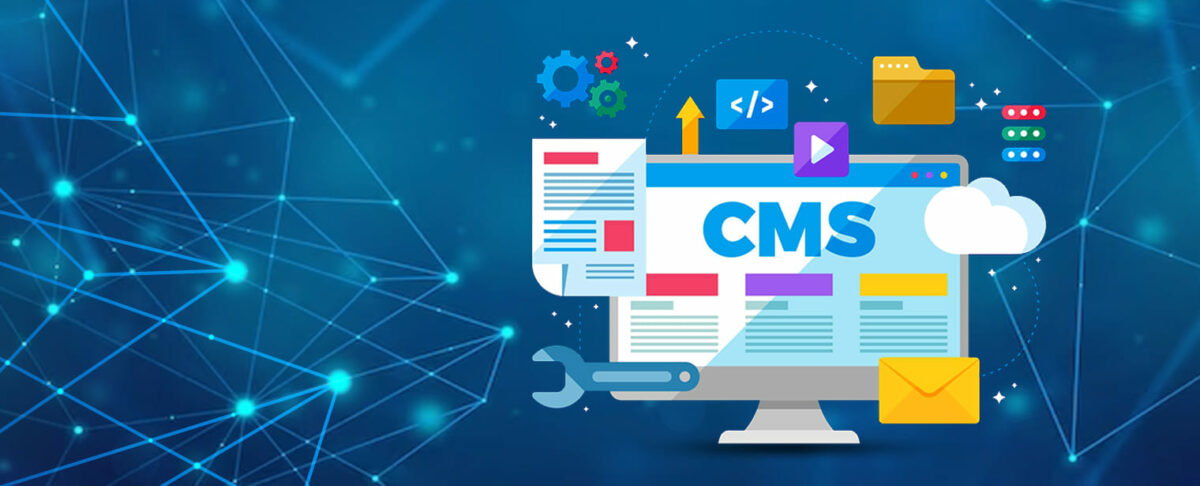
Accessibility in UX design is not a new concept, but it’s gaining more traction in 2023. Designing with accessibility in mind is no longer a choice; it’s a requirement. This includes making digital content and interfaces accessible to individuals with disabilities, ensuring that no one is left behind.
Example: The accessible colour contrast and screen reader compatibility in the WordPress CMS make it a tool that accommodates all users.
7. Sustainability-Driven Design
As environmental consciousness grows, sustainable UX design is taking center stage. Reducing energy consumption and creating digital experiences that promote sustainability are key design considerations in 2023. This might involve using low-energy animations, eco-friendly color palettes, and emphasizing digital behaviours that reduce a product’s carbon footprint.
Example: Google’s “Carbon Intelligent Computing” helps users reduce their carbon footprint by suggesting energy-efficient settings.
8. Personalized Experiences
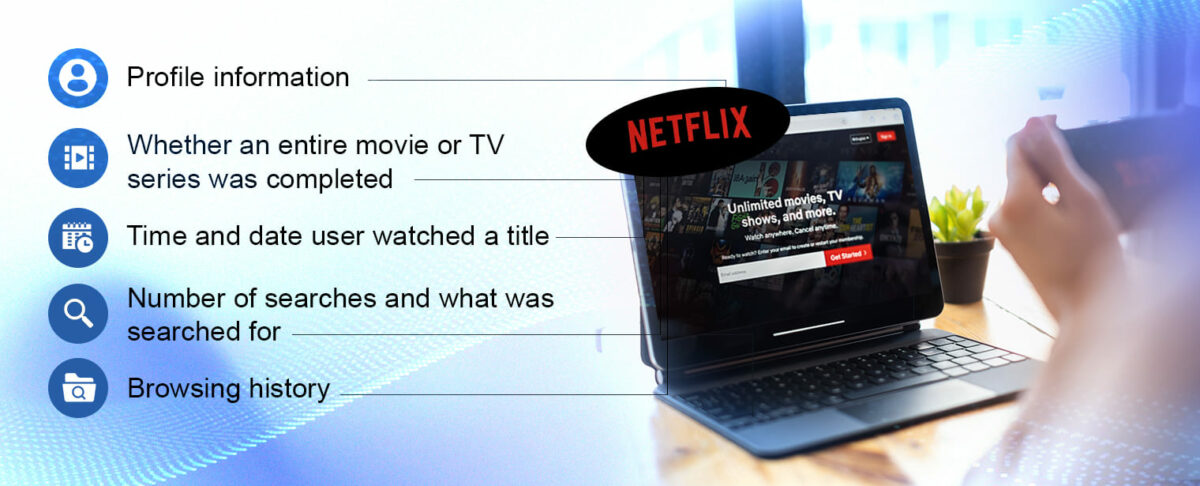
Personalization has been a trend for a while, but it’s becoming more refined in 2023. UX designers are leveraging AI and machine learning to create highly tailored experiences. This includes personalized content recommendations, product suggestions, and user interfaces that adapt to individual preferences.
Example: Netflix’s recommendation system is a pioneer in offering personalized content suggestions based on user behavior.
9. Gesture-Based Navigation
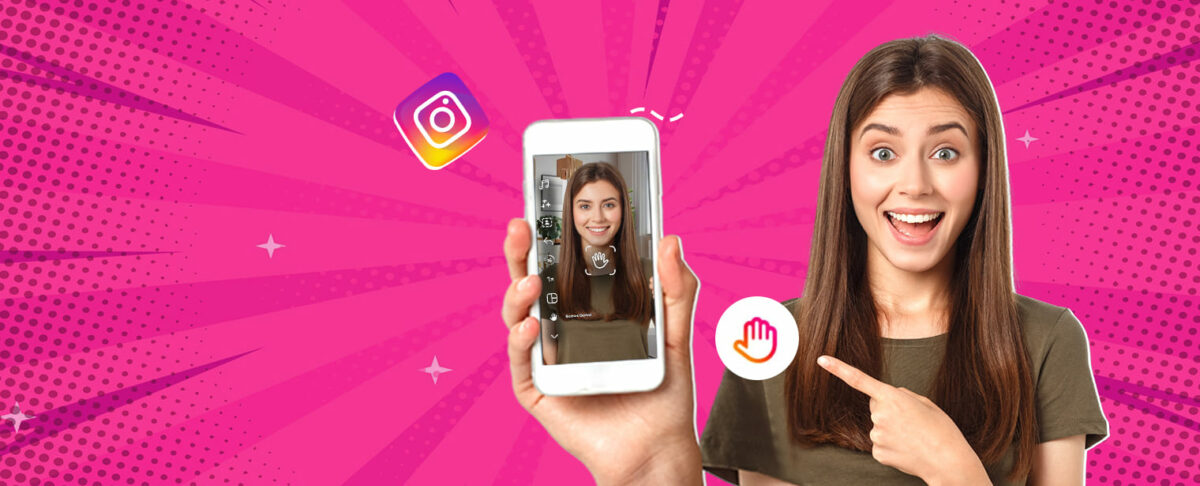
With the proliferation of touchscreen devices, gesture-based navigation is gaining prominence. Users are increasingly relying on swipes, pinches, and taps to interact with digital interfaces. UX designers must ensure that these gestures are intuitive, responsive, and consistent across platforms.
Example: Instagram’s use of swipes for navigating between posts and stories is a prime example of gesture-based navigation done right.
10. Minimalist and Clean Design

Simplicity is timeless, and in 2023, minimalist and clean design principles continue to shine. Clutter-free interfaces with well-thought-out typography and ample white space are essential for user engagement and comprehension. This trend places a focus on content and functionality.
Example: Apple’s clean and minimalistic design philosophy is consistently reflected in its product interfaces, creating a sense of elegance and ease of use.
In 2023, UX design is more exciting and dynamic than ever before. As technology and user expectations continue to evolve, staying updated with the latest trends is crucial for any UX designer. Whether it’s embracing dark mode, perfecting voice user interfaces, incorporating AR/VR, prioritizing accessibility, or making sustainability a design goal, the future of UX design promises innovation and a deeper understanding of user needs.
To be a successful UX designer in 2023, remember that it’s not just about following trends; it’s about understanding the user’s journey and creating experiences that are both functional and delightful. UX design trends may come and go, but the core principle of empathetic design remains constant. Stay informed, stay creative, and always put the user at the center of your design process.

